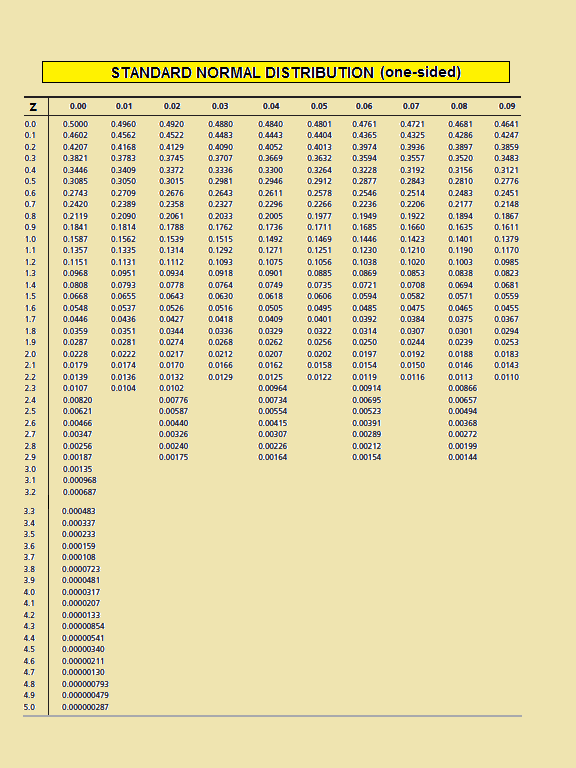

If your percentile rank on a test of verbal ability were 40, for example, this would mean that you scored higher than 40% of the people who took the test. Percentile ranks are often used to report the results of standardized tests of ability or achievement. Remember that percentile rank by counting the number of scores in the distribution that are lower than that score and converting that number to a percentage of the total number of scores (32/40 = 80%). It can also be said that they scored at the 80th percentile. Thus, for students with a score of 23, they have a percentile rank of 80 percent. In this distribution, 32 of the 40 scores (80%) are lower than 23 (note that you can see for score 22 showing cumulative frequency as 32). Notice, for example, that five of the students represented by the data in the table had self-esteem scores of 23.

Frequency table for Rosenburg self-esteem scores

For any score in the distribution, we can find its percentile rank by counting the number of scores in the distribution that are lower than that score and converting that number to a percentage of the total number of scores. Percentiles are useful for comparing values.Ĭonsider, for example, the distribution of Rosenberg Self-esteem scores we used in chapter 2. The percentile rank of a score is the percentage of scores in the distribution that are lower than that score. In many situations, it is useful to have a way to describe the location of an individual score within its distribution. Moving forward, we now turn our attention to how scores within a distribution are related to one another, how to precisely describe a score’s location within the distribution, and how to compare scores from different distributions. These simple tools, and the principles behind them, will help you interpret information presented to you and understand the basics of a variable. We now understand how to describe and present our data visually and numerically.


 0 kommentar(er)
0 kommentar(er)
